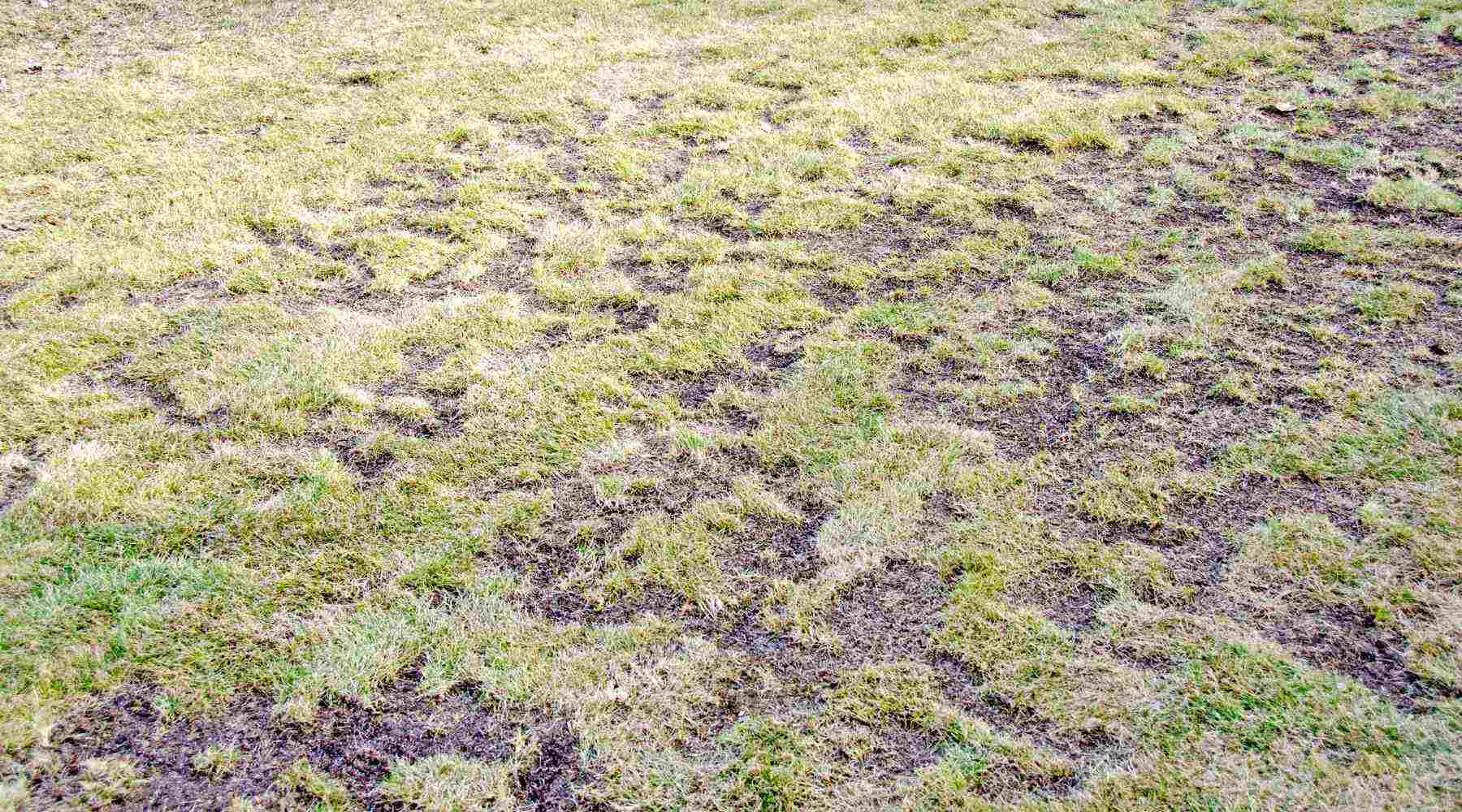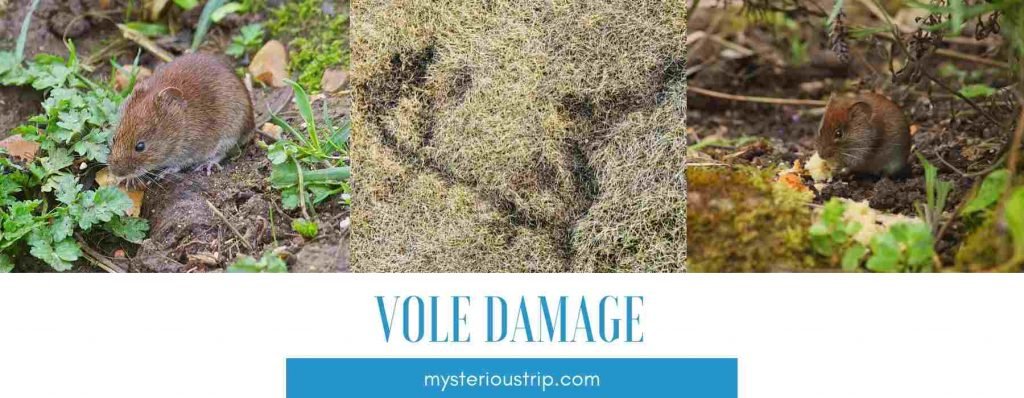
One of the biggest challenges garden owners face is having pests like voles running amok in their yard. Not only will these rodents eat lots of vegetables and damage the trees on your property, but they can also destroy a yard by making dirt mounds, holes, and tunnels.
Luckily, there are plenty of things that you can do to prevent these little monsters from damaging your precious garden. However, not all methods are safe for pets. Pet owners have to be extra careful what they use to stop these animals from destroying their yard, just in case they harm their pets in the process.
The first step is finding out what type of rodent you are dealing with. Although a lot of pests look similar, there are different methods used to stop them.
What does Vole Damage look like?

Voles are tiny brown rodents with little ears that look similar to mice. The hardest part is understanding the difference between damage caused by voles and other rodents. For example, animals like gophers and moles also like to make tunnels underground; however, they tend to make slightly different holes.
Unlike moles, voles like to feed on roots, trees, grass, and vegetables. So if you notice gnaw marks on the lower part of the trees on your property, there is a good chance you have a vole infestation.
If you notice fruit plants are taking longer to produce fruit or the plant has halted production altogether, this is another sign that voles are present.
Unfortunately, there is little anyone can do about the damage already caused, but there is plenty you can do to prevent it from happening in the future.
Avoid using Poison
It might be tempting to put poison near where you have found vole holes to terminate the pests quickly, but if your pet finds the poison first, they might die. Worse again, if a young child comes across poison while in the yard, they might mistake it for candy. Also, on many occasions, poisoned rodents come out from their hole and get eaten by pets or other animals coming into your property.
There are lots of safer options available to get that vole out of your yard safely. Even if people have told you that they have had great success using poison as bait to kill their unwanted guests, try other safer methods first.
4 Safe Ways to Get Rid of Voles Safely
Many of us spend a lot of our free time creating a beautiful yard, however protecting it is just as challenging. To protect your yard from voles, here are a few pet-safe options you might like to try:
- Remove what the voles use as shelter: It’s hard to spot a vole because they don’t like to eat out in the open. So instead, they often use vegetation as shelter. Removing the dense ground cover, making sure your trees and shrubs are exposed to plenty of light, and keeping your grass cut regularly will make your property less desirable to voles.
- Protect your trees: Voles enjoy gnawing on the lower parts of tree trunks, especially in young trees. However, you don’t have to remove the tree to discourage voles; instead, all you have to do is protect the tree making it impossible for the vole to eat it. First, wrap the lower part of the tree with either plastic tubing or strong wire mesh.
- Castor oil: Like most humans, voles can’t stand the smell or taste of castor oil. Most well-stocked garden stores sell castor oil, and spraying it in areas around your yard could potentially deter rodents like voles from staying.
- Hire professionals: Normally, the quickest way of tackling a pest problem is by employing a pest control company to take on the task. However, by hiring a reputable pest control company with plenty of experience, they will be able to get rid of the rodents without harming your pets.
There is plenty of online content with other methods of safely removing rodents like voles from entering your property.
Avoid Installing an Owl Box
Many people like to install an owl box on their property to fix their rodent problem. When the temperature drops during certain stages of the year, owl box sales increase because rodents like to move into people’s property-seeking warmth and food.
It’s not surprising that so many people purchase these owl boxes because owls are fantastic at praying on pests like voles. One owl can eat 10 voles per night, and they often have plenty of hungry chicks to feed too.
However, they are also known to attack small pets like cats. If you have large dogs on your property, you will have no issue with owls, but welcoming in these predators might not be the best idea if you have small pets.







cheap cialis online pharmacy A T7dT oligo primer was used to synthesize double stranded cDNA from 3 Ојg total RNA and to generate antisense RNA by in vitro transcription with T7 RNA polymerase T7 MEGAscript High Yield Transcription kit; Ambion Ltd, Huntingdon, United Kingdom